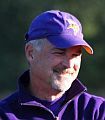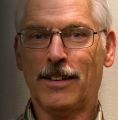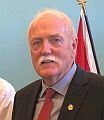LIVING WATER SMART IN BRITISH COLUMBIA: “In the integrating matrix, I set out to capture three ‘states of play’ as row headings: naturally functioning, degraded through lack of awareness, and going forward with science-based understanding,’ stated the late Erik Karlsen (1945-2020) when he presented a path forward to tackle the Riparian Deficit

Circa 2000, legendary civil servant Erik Karlsen had the lead role in developing the language that operationalized British Columbia’s Streamside Protection Regulation. In 2015, his last contribution before his health declined and he passed was creation of a matrix to explain how to integrate two foundational concepts that provide a path forward for designing with nature restore a desired watershed and stream condition.. These are Daniel Pauly’s “Shifting Baseline Syndrome” (1995) and Richard Horner and Chris May’s “Road Map for Protecting Stream System Integrity” (1996).










